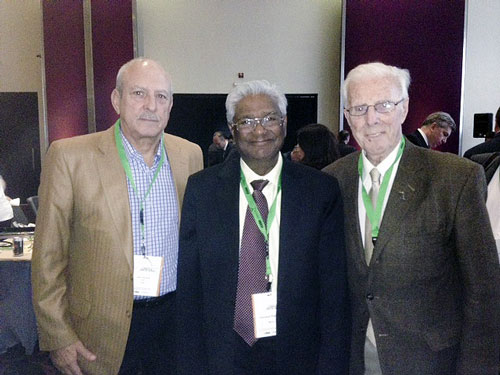El BATAN, Mexico (CIMMYT) — A nutritionist who is outspoken about the negative consequences of gluten-free diets said in an interview that she wants to dispel myths generated by claims that the protein found in wheat is unhealthy.
“Wheat has recently been under attack by people who’ve made claims about it that simply can’t be verified by science,” said Julie Miller Jones, professor emeritus of nutrition at St. Catherine University in St. Paul, Minnesota.
“Gluten-free” has become a big money maker for the food industry. Sales have soared 63 percent since 2012, with almost 4,600 products introduced last year, according to the January 2015 issue of Consumer Reports magazine.
Retail sales of gluten-free foods in the United States were estimated at $12.2 billion in 2014, and by 2020 the market is projected to be valued at $23.9 billion, Statistica reports.
The popularity of gluten- and wheat-free diets has grown in part due to claims published in such books as “Wheat Belly” by William Davis and “Brain Grain” by David Perlmutter. These publications say that wheat products are the cause of most health problems, views rebutted by Miller Jones.
Such claims counter current medical and nutritional advice in international dietary guidelines established in conjunction with the U.N. Food and Agriculture Organization and the World Health Organization (WHO).
“Apart from the approximately 1 percent of people who suffer from celiac disease, the fewer than 1 percent of people who suffer from wheat allergies and the few who suffer from non-celiac gluten sensitivity, prominent celiac experts and health professionals discount the many supposed benefits of going gluten-free, urging those who do not have these conditions not to adopt such a diet,” Miller Jones said.
As a food staple, wheat plays a vital role in global food security, providing 20 percent of the overall total amount of calories and protein consumed worldwide.
Miller Jones, who delivered a talk at the International Maize and Wheat Improvement Center (CIMMYT) in Mexico, shared her views on the controversy surrounding fad diets that urge the elimination of wheat and its protein complex, gluten, in the following interview.
Q: What worries you about negative attacks on wheat consumption?
I’m very concerned about it. One of the attacks is based on the fact that wheat has been bred by people – that this breeding somehow has done something very evil to the grain. I really want to dispel the myth that wheat is somehow bad for you and that modern wheat is somehow different from the wheat that existed years ago. It’s different because we can grow more of it, it’s higher yielding, but it’s not different in terms of the nutrition that it delivers. In fact, we get more nutrition per acre, which I think is a good thing rather than a bad thing.
Q: Critics have suggested that scientists are creating new proteins in wheat. Is this true?
You can’t create a new protein without creating a mutation, and plant breeding doesn’t normally create new mutations. There are hundreds of varieties of wheat that exist in the world – what Norman Borlaug (the late CIMMYT wheat breeder and Nobel Peace Prize winner, known as the father of the Green Revolution) did was cross these wheats to develop grains that would grow under a variety of conditions. The glutenins and gliadins that were there have been there ever since wheat has been grown as a crop. He claims that new, modern wheat has more gluten than it did before. A lot of research is showing that the level has not changed. In fact, in his book, Dr. Davis suggests that gliadin is a new toxic protein. That is patently false because you can go back into the early chemical literature – that mentions gliadin early in the 1800’s.
Q: Critics have also said that gluten-free fad diets are marketed towards a more western, wealthy culture. If so, what are the implications for the developing world?
Obviously, these doctors are trying to sell books in affluent countries where obesity is a big problem. We would all love to find a solution to obesity. All the simplistic solutions like eliminate a particular food or food group or eat in the ancient way – all of those solutions are really quite simplistic. There are a number of things that we need to do in order to address obesity – It’s aimed at an obese population concerned about chronic disease and diseases that are associated with obesity. The tragedy in that is that if, as we’ve seen with other issues, when developed nations say that they are not going to eat something because of a particular issue with that food then that food has been rejected as food aid in some developing countries. So this has some really amazingly potentially harmful results that no one really initially intended – these unintended consequences are really problematic. It could also mean that people switch their diets to foods that are less sustainable. We’re really facing a problem with feeding the additional two-and-a-half billion people that will exist on this planet in 2050. Clearly, it’s not a viable or sustainable strategy for feeding the world. I’m very concerned about it and these sort of second-order consequences.
Q: How credible are reports that wheat consumption is bad?
Dr. Davis suggests that if we didn’t eat wheat we would cure diabetes. Well, the data simply say completely the opposite. We have studies of large populations from all over the world where people who ate about three servings of whole-grain cereals and bread a day had a 25 percent reduced risk of diabetes. They have a 25 percent reduced risk of coronary heart disease. A study just published out of Harvard University in January of this year showed that the people who ate whole grains had reduced mortality for age. So the idea that taking wheat and grains out of the diet makes you healthier simply flies in the face of the scientific literature.
Q: Is there a simple goal you want to achieve?
I think that what we do know about healthy diets is that healthy diets are ones that are balanced. If we look at those diets, which support brain health, heart health, help prevent diabetes – they’re the ones such as the Mediterranean diet, which has breads and cereals as a base. It includes meat, poultry, fish but relatively small amounts of meat. It asks you to eat some legumes. The dietary approach to stop hypertension called the DASH diet has been studied on a large cohort of men and women who initially had high blood pressure. What they showed was that when people ate this diet, which has lots of fruits and vegetables, servings of whole grain, low-fat dairy – this mix that we need – those people had a lower risk of cancer and coronary disease. We actually have data on brain health, and diets such as the Mediterranean and the DASH diet showed the least loss of cognitive functioning in the elderly.
Q: In general, should people avoid specific food groups?
Instead of eliminating a food group, what we ought to do is eat it in the right amounts. That does not give you the excuse to eat large numbers of servings of what I call doodles, dingdongs and doughnuts. What we need to think about is those kinds of staple foods that have nourished the Aztecs in the past, nourished the pioneers coming across to the New World and that will nourish us today – eat those in the right amount. I’d also like to say exercise would be a good idea, too.

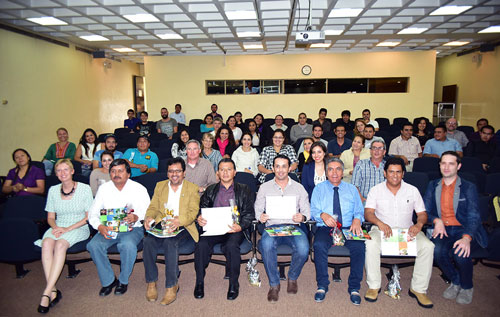
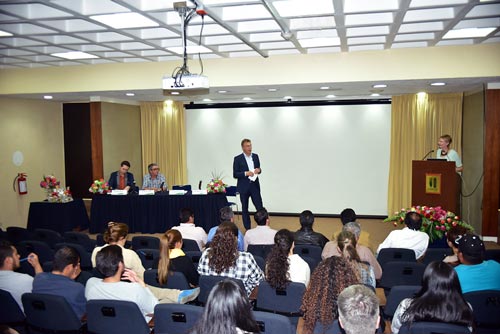
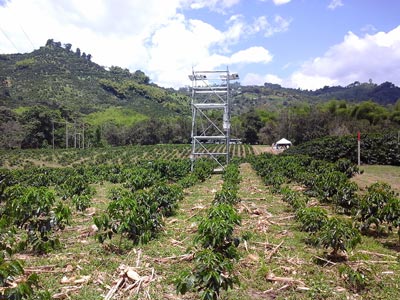
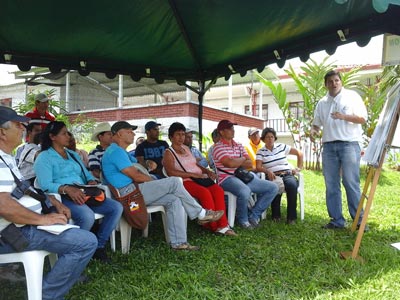
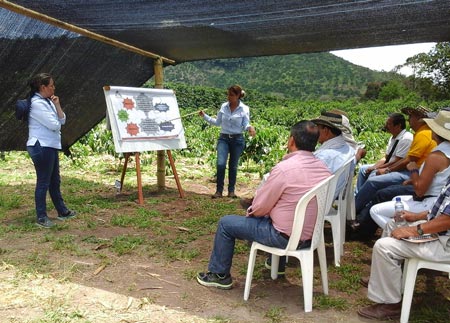
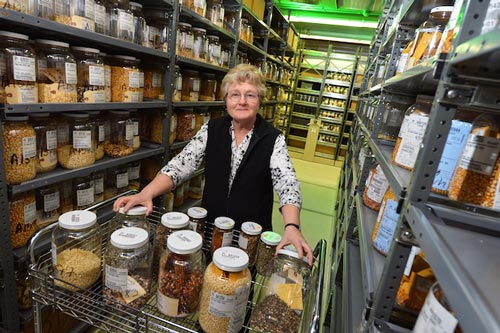
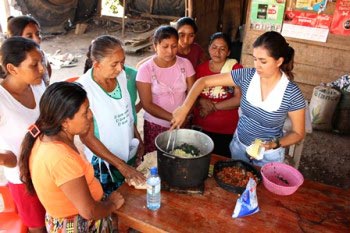 International Women’s Day on March 8, offers an opportunity to recognize the achievements of women worldwide. This year, CIMMYT asked readers to submit stories about women they admire for their selfless dedication to either maize or wheat. In the following story, Haley Kirk writes about her Super Woman of Maize, Jennifer Brito, food security coordinator at
International Women’s Day on March 8, offers an opportunity to recognize the achievements of women worldwide. This year, CIMMYT asked readers to submit stories about women they admire for their selfless dedication to either maize or wheat. In the following story, Haley Kirk writes about her Super Woman of Maize, Jennifer Brito, food security coordinator at 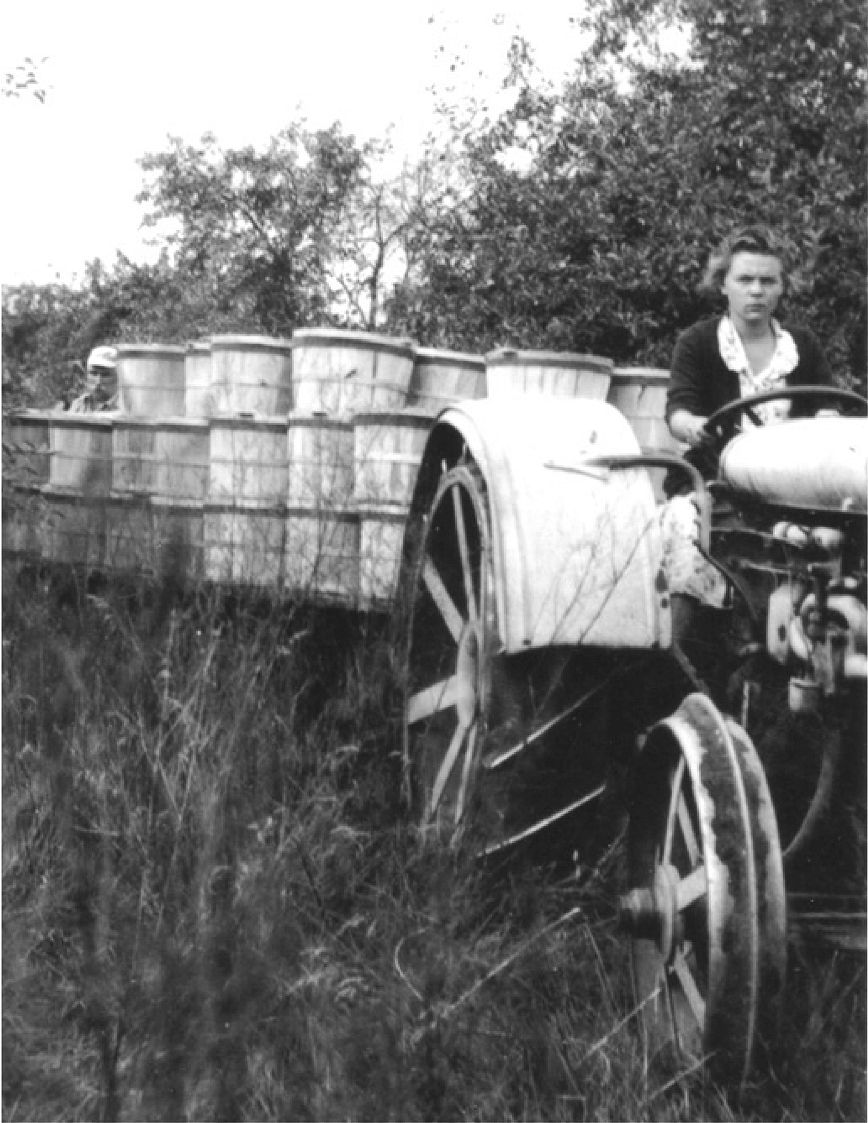
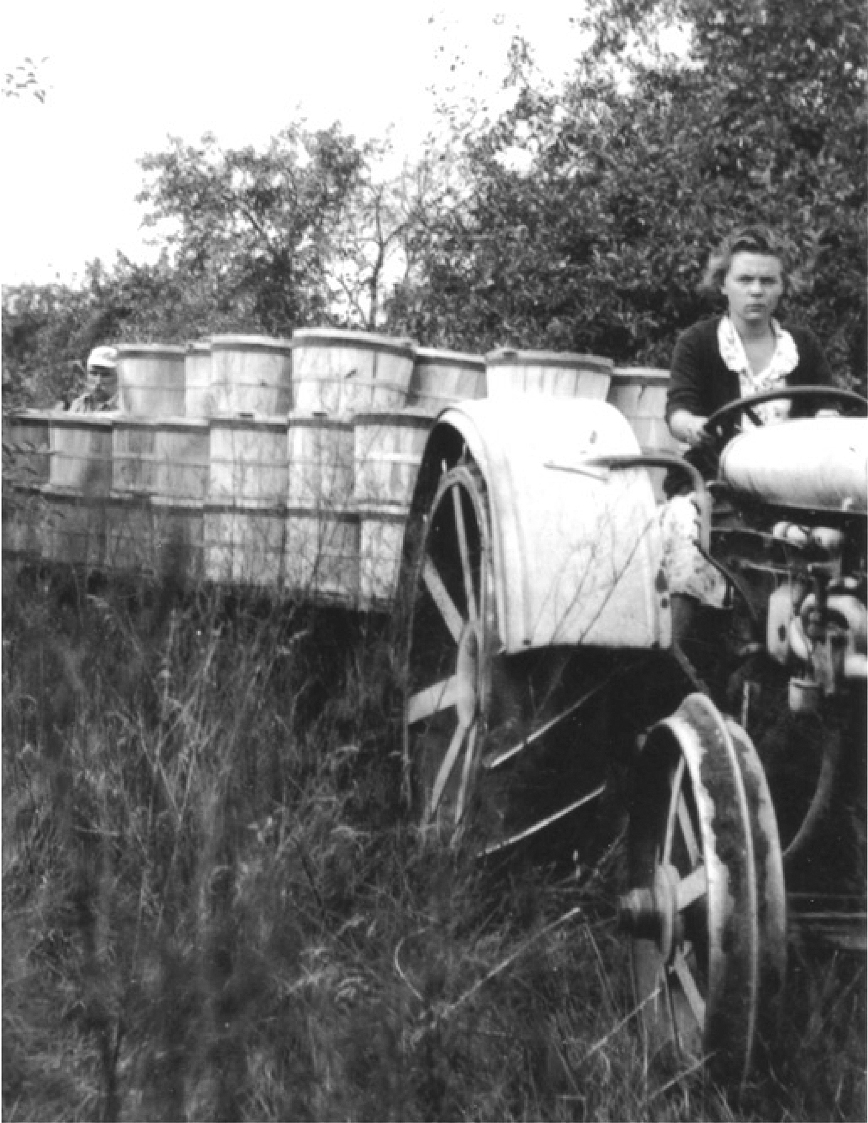 Rosalind Morris was a pioneer in agricultural science at a time when there were very few women scientists. Her achievements were groundbreaking: in 1947, Morris and Leona O. Schnell became the first women to graduate with doctoral degrees from
Rosalind Morris was a pioneer in agricultural science at a time when there were very few women scientists. Her achievements were groundbreaking: in 1947, Morris and Leona O. Schnell became the first women to graduate with doctoral degrees from 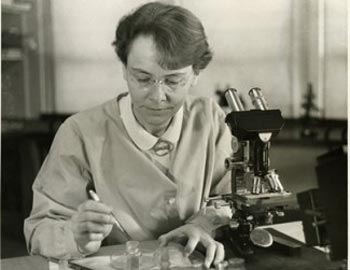 At a time when women scientists were few and far between, Barbara McClintock made a name for herself as the most distinguished cytogeneticist in the field of science. From her early studies in genetics in the 1920s, to her 1940s breakthrough in mobile genetic elements, which led to her 1983 Nobel Prize, her legacy is one that still lingers today.
At a time when women scientists were few and far between, Barbara McClintock made a name for herself as the most distinguished cytogeneticist in the field of science. From her early studies in genetics in the 1920s, to her 1940s breakthrough in mobile genetic elements, which led to her 1983 Nobel Prize, her legacy is one that still lingers today.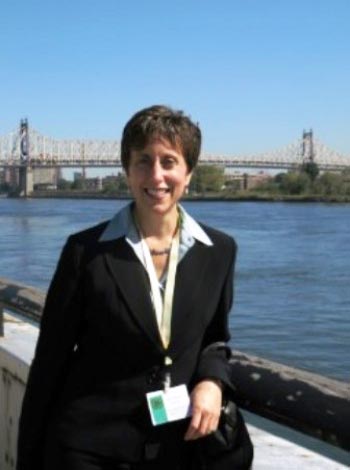 International Women’s Day on March 8, offers an opportunity to recognize the achievements of women worldwide. This year, CIMMYT asked readers to submit stories about women they admire for their selfless dedication to either maize or wheat. In the following story, Amy Braun writes about her Super Woman of maize and wheat, Kellogg Company’s Diane Holdorf.
International Women’s Day on March 8, offers an opportunity to recognize the achievements of women worldwide. This year, CIMMYT asked readers to submit stories about women they admire for their selfless dedication to either maize or wheat. In the following story, Amy Braun writes about her Super Woman of maize and wheat, Kellogg Company’s Diane Holdorf.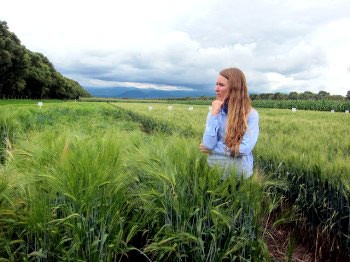
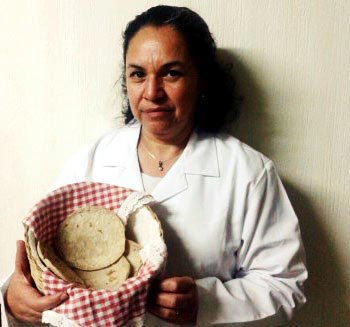 International Women’s Day on March 8, offers an opportunity to recognize the achievements of women worldwide. This year, CIMMYT asked readers to submit stories about women they admire for their selfless dedication to either maize or or wheat. In the following story, Michele Monroy-Valle writes about her Maize Super Woman, Julieta Salazar, head of the comprehensive research unit of studies on indigenous foods of the region at Universidad de San Carlos de Guatemala.
International Women’s Day on March 8, offers an opportunity to recognize the achievements of women worldwide. This year, CIMMYT asked readers to submit stories about women they admire for their selfless dedication to either maize or or wheat. In the following story, Michele Monroy-Valle writes about her Maize Super Woman, Julieta Salazar, head of the comprehensive research unit of studies on indigenous foods of the region at Universidad de San Carlos de Guatemala.